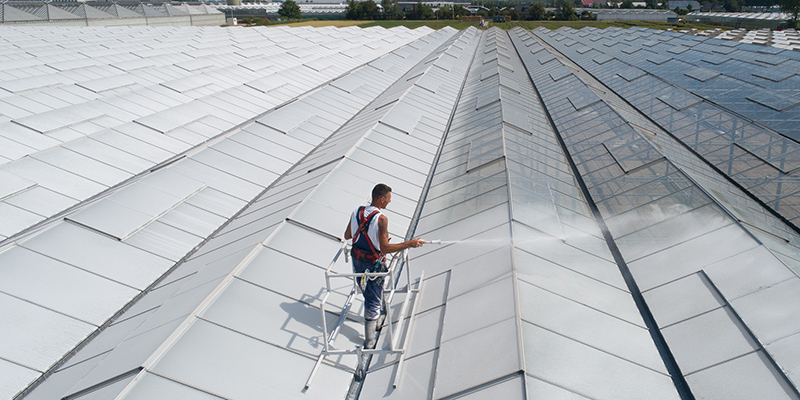How to Begin Beneficial Nematode Applications

More growers are experiencing successful pest control with beneficial nematodes as they gain more knowledge and awareness of them. Usually, the growers who experience the most success are the ones who understand how to properly apply beneficial nematodes.
There are a variety of factors that influence nematode effectiveness—temperature, humidity, soil moisture, chemical compatibility, spray adjuvants, equipment, mixing – and all play a role in nematode efficacy.
Beginning Your Program
As you begin incorporating beneficial nematodes into your pest control program, be prepared with the knowledge you need to be successful.
Before making an application, make sure you read the label and any supporting literature. Talk to other growers, distributors, manufacturers or consultants to better understand nematode applications and limitations.
Nematodes can be combined with compatible chemicals to help manage insect resistance or to compliment an existing integrated pest management program. Also consider incorporating other biological organisms to more effectively manage all pest life stages. Regardless of the program used, make sure to monitor insect populations, as well as keep detailed pest control records.
Tips For Success
Two major factors affecting nematode efficacy is temperature and moisture. Apply beneficial nematodes to moisten soil when temperatures are below 86ºF. Irrigate before and after nematode applications. Apply nematodes in the early morning or evening to avoid desiccation and UV radiation damage. Pull blackout curtains, increase humidity, turn off lights, close vents, tank-mix with spray adjuvants and increase the application volume to preserve moisture and prolong the life of nematodes in the soil and on foliage.
It is also critical to prevent nematode solutions from settling during applications. Nematodes quickly settle to the bottom of a solution, resulting in uneven nematode distribution and, subsequently, uneven pest control. Growers use three types of circulation – hand mixing (time consuming and labor intensive), mechanical circulation and air circulation.
Air circulation is the best method for keeping nematode solutions viable due to the ability of air to circulate and oxygenate at the same time. Air circulation systems can utilize a compressed air system (if available), or be composed of an electrical air pump attached to a bubbler. Bubblers can be purchased commercially or be handmade.
Mechanical circulation, such as a recirculation pump or paddle mixer, can be equally effective at keeping nematodes in suspension. However, this method can also heat up water solutions and physically damage nematodes over time. Use nematode solutions within two hours if using mechanical circulation and within four hours for air circulation.
Keeping your nematodes cool is important at all times, especially during the application process. A simple way to keep nematode solutions cool is by placing a cold pack in the solution.
Application equipment commonly used for conventional insecticides may be used to apply nematodes, but a few modifications will be important for easy passage of the nematodes. Remove filters of 50 mesh or finer from the application equipment. Set pump pressure below 300 psi and do not apply nematodes through mist nozzles with apertures of 0.5 mm.
With regular nematode applications and effective pest monitoring, you can keep infestations at a low manageable level. Monitor for pests regularly to ensure infestation levels do not exceed action thresholds. If infestation levels get too high, you may need to supplement beneficial nematodes with additional biological control agents and/or pesticide applications.
Beneficial nematodes are effective and are commonly used to control western flower thrips, fungus gnats and shore fly larvae. Spray all areas that may contain pest populations. Treat plugs and cuttings before integrating them into the greenhouse to prevent the spread of outside or invasive insect pests.
Don’t Forget To …
The most important things to remember when mixing and applying nematodes are:
• Effective mixing of nematodes is essential for uniform application and maximum pest control.
• Air circulation is generally the best method for keeping nematodes viable and solutions properly agitated.
• Becker Underwood recommends that nematode solutions be used immediately. Apply nematode solutions within two hours using mechanical circulation and within four hours for air circulation.
• Adding ice packs to nematode stock solutions will maintain cool temperatures and nematode viability.
For more information and resources to help you begin your beneficial nematode program, visit BeckerUnderwood.com.








